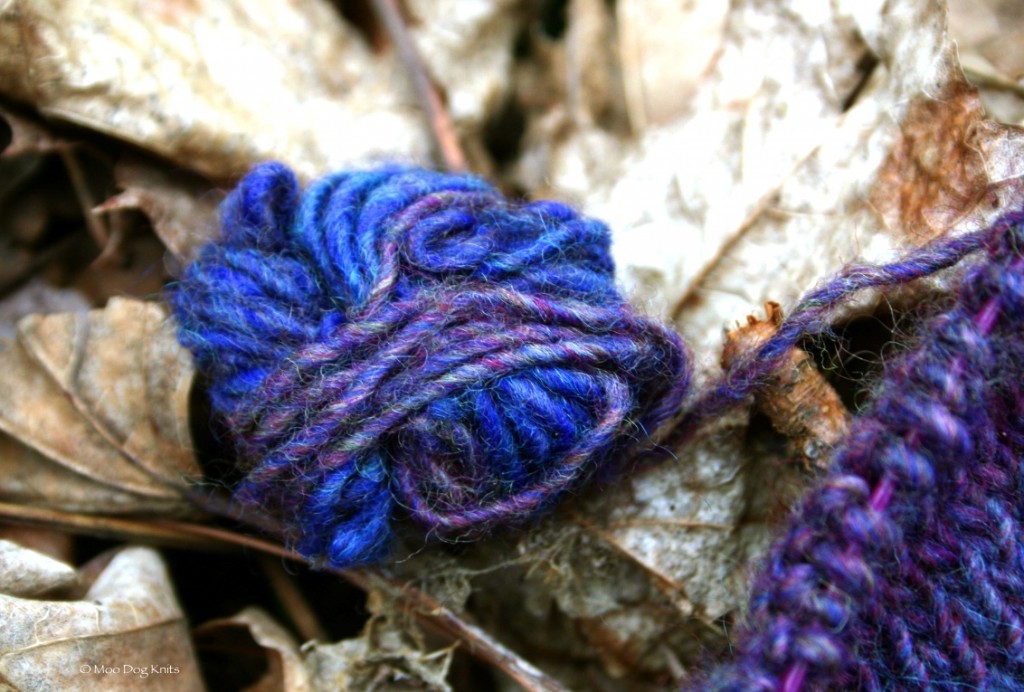There’s something to be said for knitting useful and beautiful things when outdoors is in between seasons. Unpredictable Mother Nature, thank goodness can’t be controlled. Morning, windy with cold gusts. Afternoon, torrential rain and thunder. By late day, balmy, then dipping back in the 40-degree range predicated. Spring. Warm knitted vests are practical and perfect soul-satisfying work that feels like play.
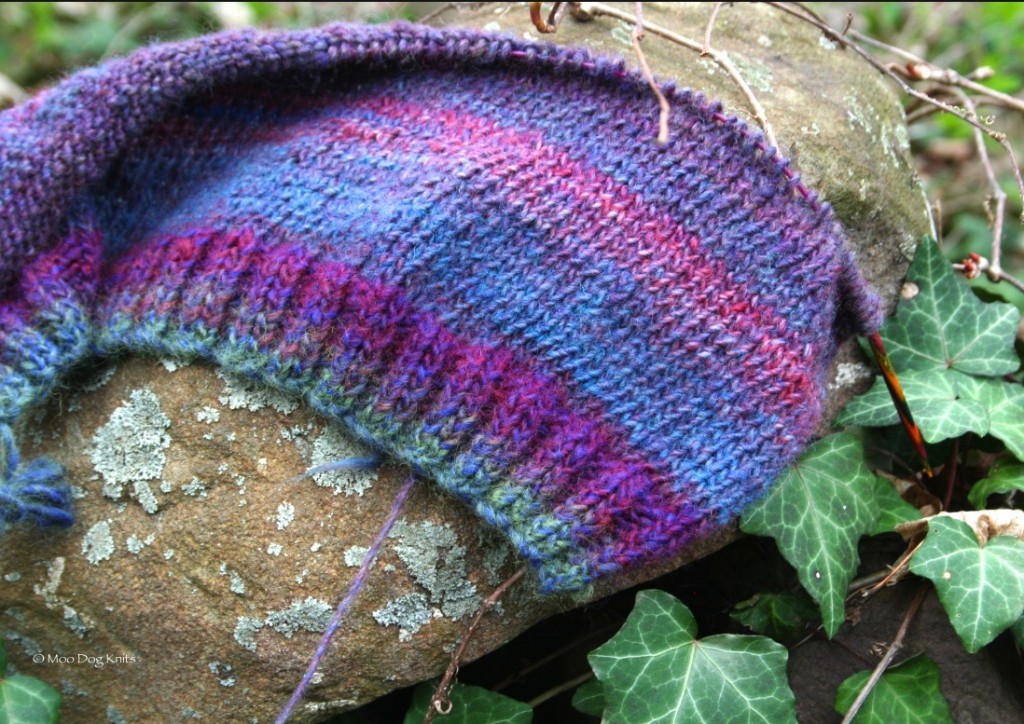
Cast on, count the stitches. Rib knit two, purl two. Turn and mark the center. Sketch out a goal. Count back to begin the center panel. Add purl rows plus two knit and two purl to accent texture from cable stitch repeats. Decide, more or less? An untested pattern must be tested and knit up. To provide a break, the lure of row upon row of stockinette stitch with color-shifting yarn alternates with a more challenging work in progress.
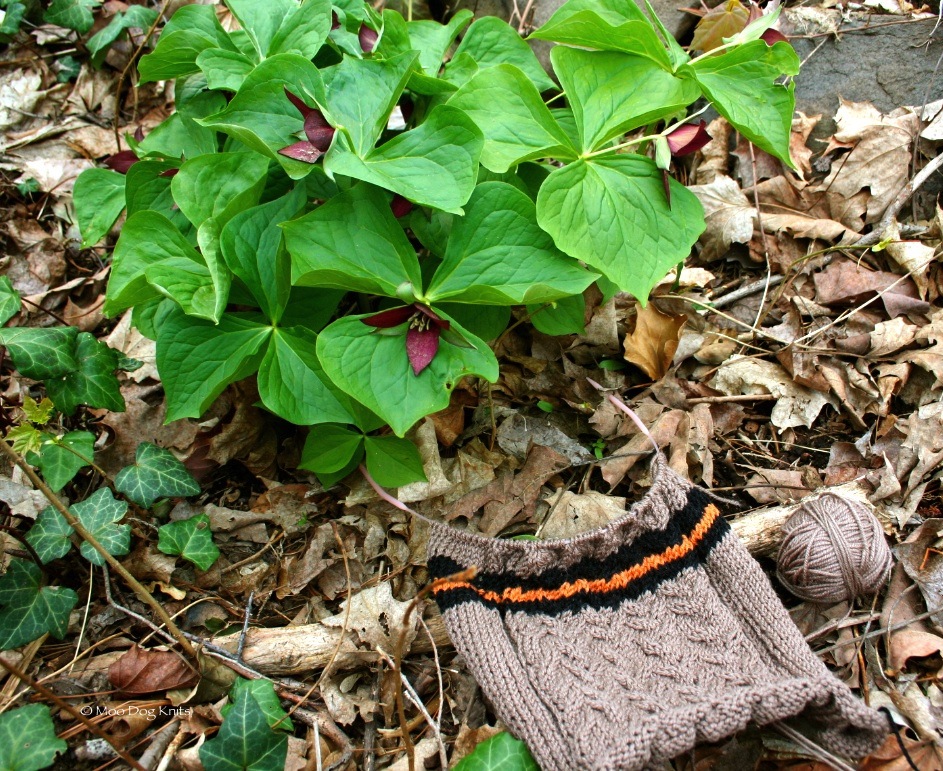
A center panel deployed on a Boston terrier size sweater is re-interpreted for a toddler-size vest in wool and silk, a work in progress. Orange provides a jolt of color liven up the earth tones. Note: Take the sizes of a commericial pattern as a guide only; do a swatch for gauge and then measure the human and knit to fit. A size two in one person’s world is size 4 in mine.
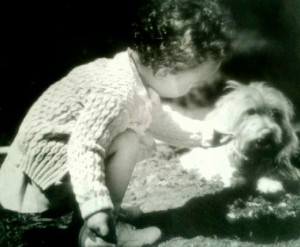
Knitting with a purpose as a youngster enjoys the outdoors and everything to discover from bird sounds overhead, a bale of hay, a whisk broom, digging in the dirt. Robins cheer-up, cheer-i-lee in chorus. A surprise clump of trillium appeared near the old stone wall that once enclosed cows on pastures from a small dairy. Recently a weathered splinter of a remaining fencepost sporting a spring of barbed wire brought a smile. While growing up I thought “bob wire” was the correct term for the strands that formed a line above the stone walls.
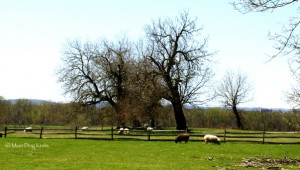
Time to go inside. A v-neck sweater front is almost complete and the directions to replicate it need to be proofed.
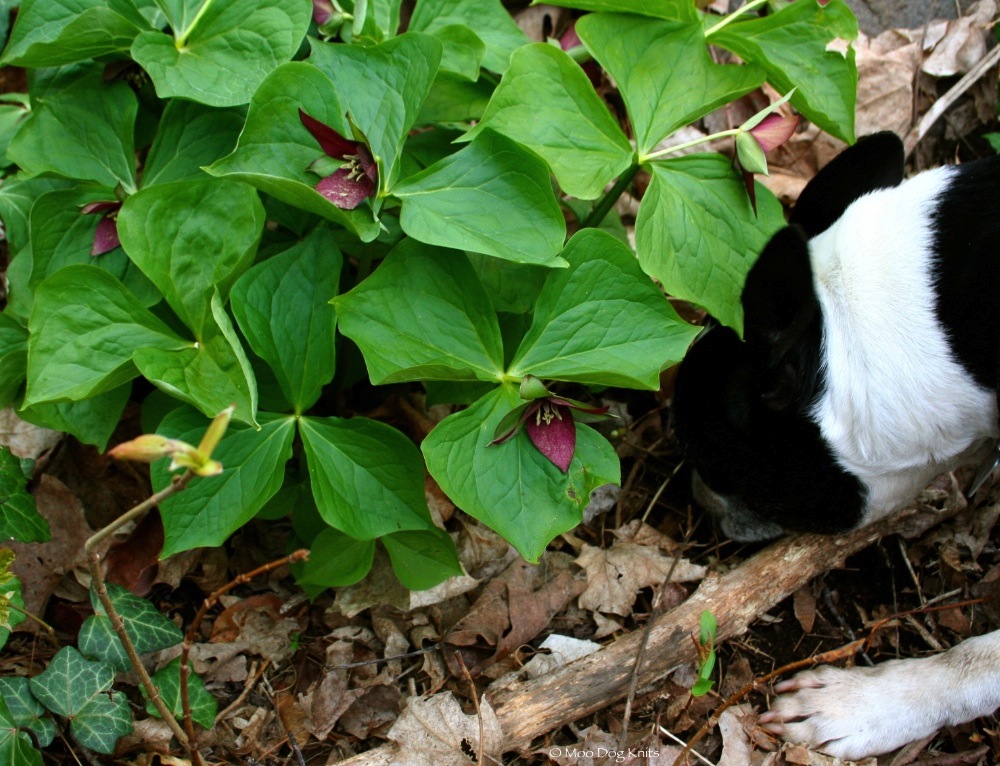 The trillium gets a quick rake to remove a layer of old leaves. This spring beauty is also called “wake robin” because the flowers appear about the same time that robins return. The flower has “three green or reddish sepals and usually three petals in shades of red, purple, pink, white, yellow, or green,” according to Wikipedia. Color variables provides spice in the natural world as in knitting.
The trillium gets a quick rake to remove a layer of old leaves. This spring beauty is also called “wake robin” because the flowers appear about the same time that robins return. The flower has “three green or reddish sepals and usually three petals in shades of red, purple, pink, white, yellow, or green,” according to Wikipedia. Color variables provides spice in the natural world as in knitting.
